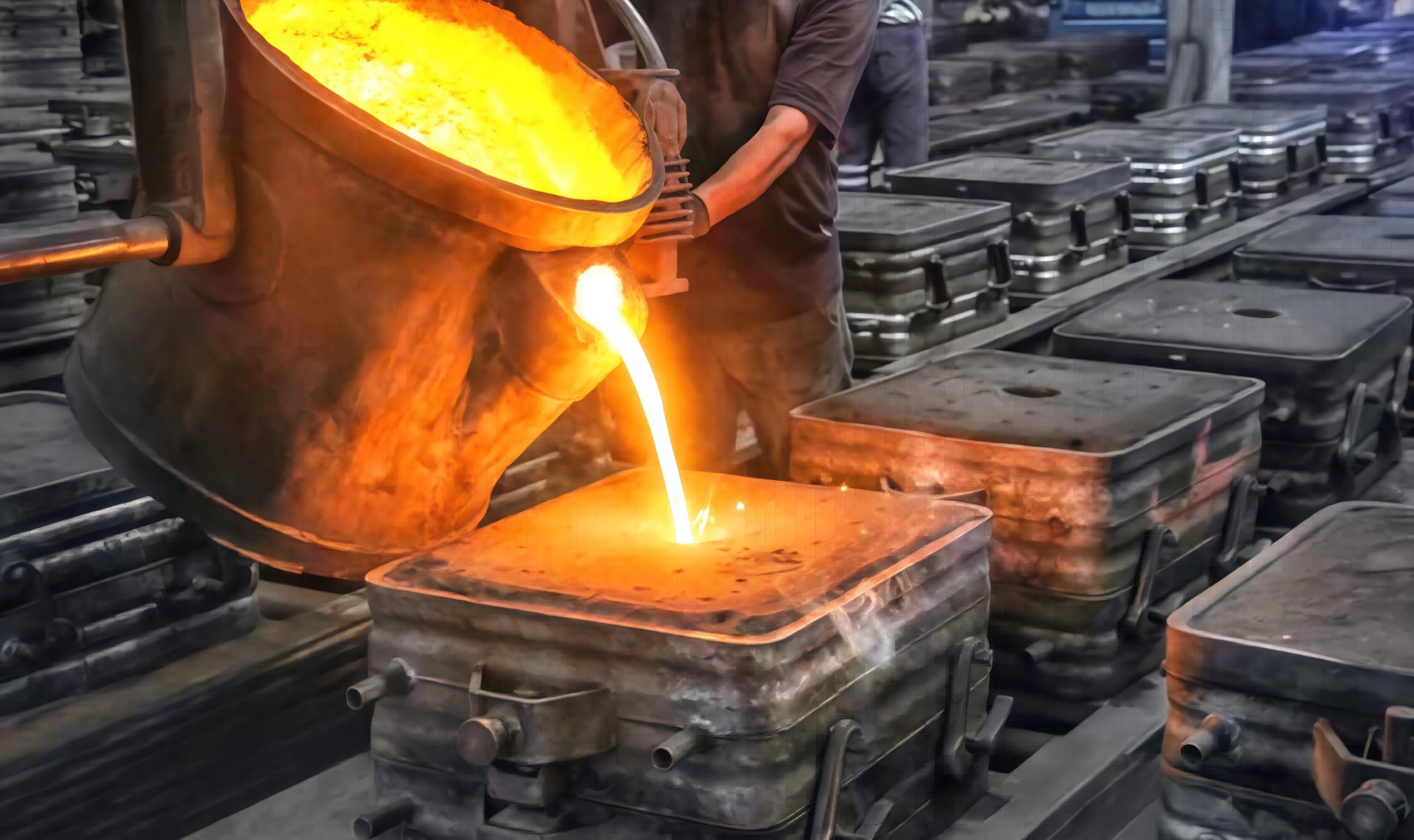Shell Casting:
The principle of shell casting is to buckle the preheated metal template on the tipping bucket filled with resin sand, flip the tipping bucket to make the resin sand fall on the template, the resin melts when heated and bonds with the sand to form a thin shell. This process is usually carried out twice, the first time to form a surface layer to make the casting smooth; the second time to form a reinforcement layer to increase the strength and rigidity of the casting.
In addition, there are many types of mold materials, and we will develop molds for customers according to their specific needs. Meet customers' needs in surface accuracy, dimensional accuracy and other aspects.
Shell Casting Advantages:
1
High precision
The shell casting process can achieve more accurate dimensions, especially for small castings weighing no more than 40kg.
2
Smooth surface
Compared with traditional sand casting, shell casting can be used for large castings ranging from 40kg to 2t, which can make the surface smoother and more delicate.
3
High production efficiency
The production cycle of shell casting is short and the molding speed is fast. It can efficiently meet the needs of mass production and ensure on-time delivery.
4
Suitable for complex parts
Due to its special mold design, shell casting can produce parts with complex shapes through combined molds.
5
Stable quality
Shell casting adopts strict process control and mold optimization to ensure the uniformity and repeatability of castings.
6
Environmental protection
Compared with investment casting and sand casting, shell casting does not require cutting of tree-shaped components, has higher material utilization rate and effectively reduces waste.
Shell Casting Process Flow:
1. Part design and mold preparation: Design a fusible mold according to the shape and size of the part, and make the mold.
2. Mold coating: Mix refractory materials (such as ceramsite, quartz sand, etc.) with adhesives and apply them on the surface of the fusible mold to form a uniform shell mold. Usually multiple coatings are required, and each coating is left to dry.
3. Shell mold hardening: After the shell mold is dry, harden it to improve its strength and fire resistance. The hardening method can be natural hardening or hardening by heating.
4. Burn out the mold: Put the shell containing the fusible mold into a high-temperature furnace to melt and discharge the fusible mold, leaving a cavity.
5. Casting: Pour the metal pre-heated to the appropriate temperature into the cavity so that it fills the entire shell mold. The metal cools and solidifies to form a casting.
6. Knock or break the shell mold: After the metal solidifies, knock or break the shell mold to remove the casting.
7. Cleaning and processing: Clean the residual materials on the surface of the casting and carry out necessary processing procedures such as trimming and grinding.
Why Choose Us?
1. We have complete production lines, advanced technology and first-class testing equipment to ensure high precision and high quality of products.
2. We have advanced technology and first-class testing equipment.
3. We specialize in supplying various metal parts, using processes such as sand casting, shell casting, precision casting, forging and machining.


